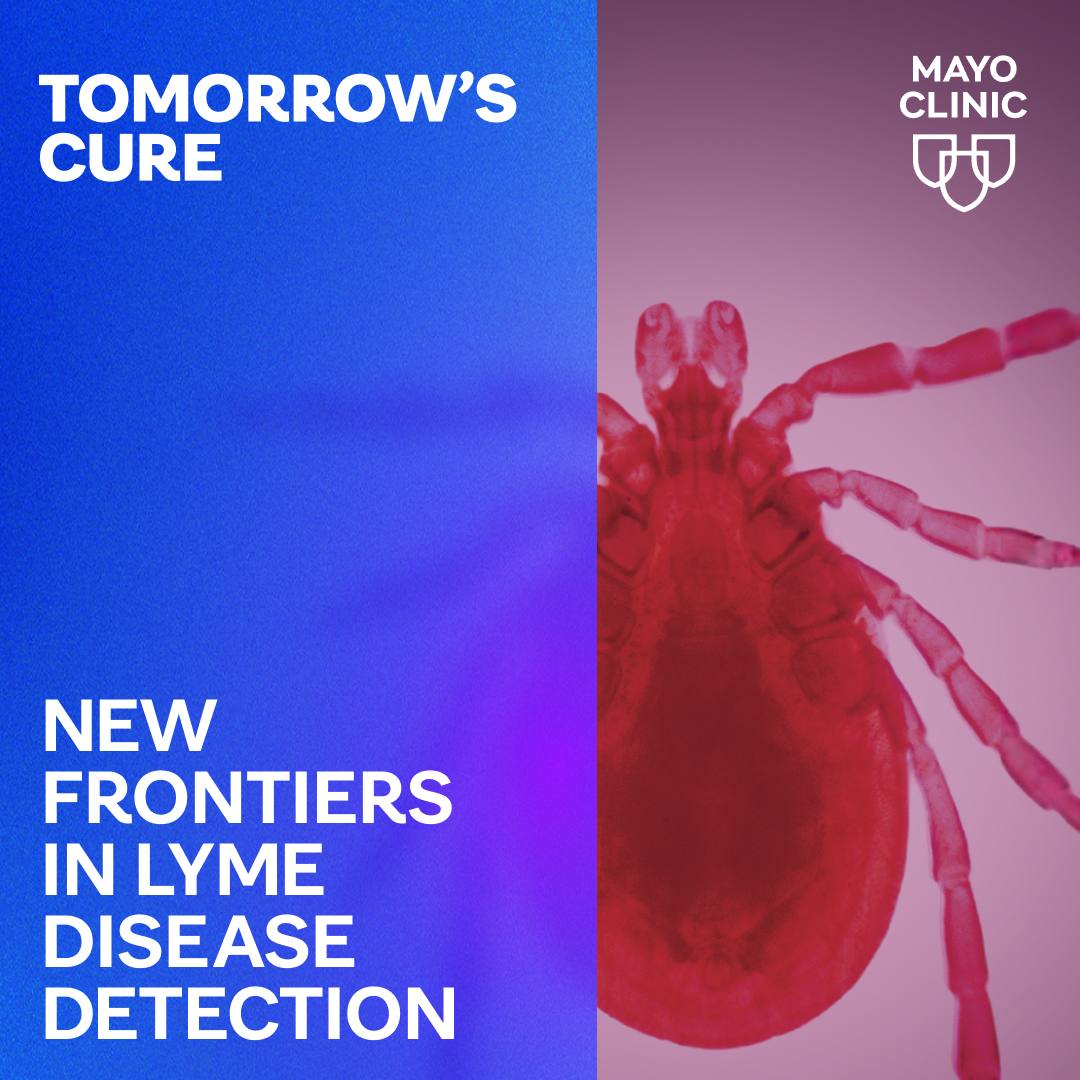-
Infectious Diseases A-Z: What is walking pneumonia?

Walking pneumonia is an informal term for a mild form of pneumonia. It's most common in school-aged children and young adults, though people of all ages are at risk.
"Walking pneumonia is caused by a type of bacteria we classify as an atypical type of bacteria," says Dr. Nipunie Rajapakse, a Mayo Clinic pediatric infectious diseases specialist. "Most commonly, that bacteria is called Mycoplasma pneumoniae."
Watch: Dr. Nipunie Rajapakse explains walking pneumonia.
Journalists: Broadcast-quality sound bites are in the downloads.
“Symptoms of walking pneumonia are similar to symptoms of pneumonia, but generally are on the milder side," says Dr. Rajapakse. "A child or a person with this infection can experience a cough, fever, runny nose, some difficulty with breathing, occasionally chest pain or some shortness of breath, as well."
Occasionally, walking pneumonia can progress to a more severe pneumonia that may require hospitalization.
Dr. Rajapakse says, "When we talk about pneumonia, we’re referring to an infection in the lungs. Pneumonia can be caused by both bacteria and viruses and, in rare cases, fungi as well. But when we talk about pneumonia, we’re really referring to an infection of the lung tissue."
"If you think you might have walking pneumonia, or any type of pneumonia, it’s a good idea to see your physician or your primary care provider," says Dr. Rajapakse. "They will really be the best ones to do a physical examination and potentially order a chest X-ray –if they think that one is warranted – to determine whether you might have pneumonia or not."
The Centers for Disease Control and Prevention offers these tips to prevent the spread of infection.
- Cover your mouth and nose with a tissue when you cough or sneeze.
- Put your used tissue in the wastebasket.
- If you don't have a tissue, cough or sneeze into your upper sleeve or elbow–not your hands.
- Wash your hands often with soap and water for at least 20 seconds.
- If soap and water are not available, use an alcohol-based hand rub.







